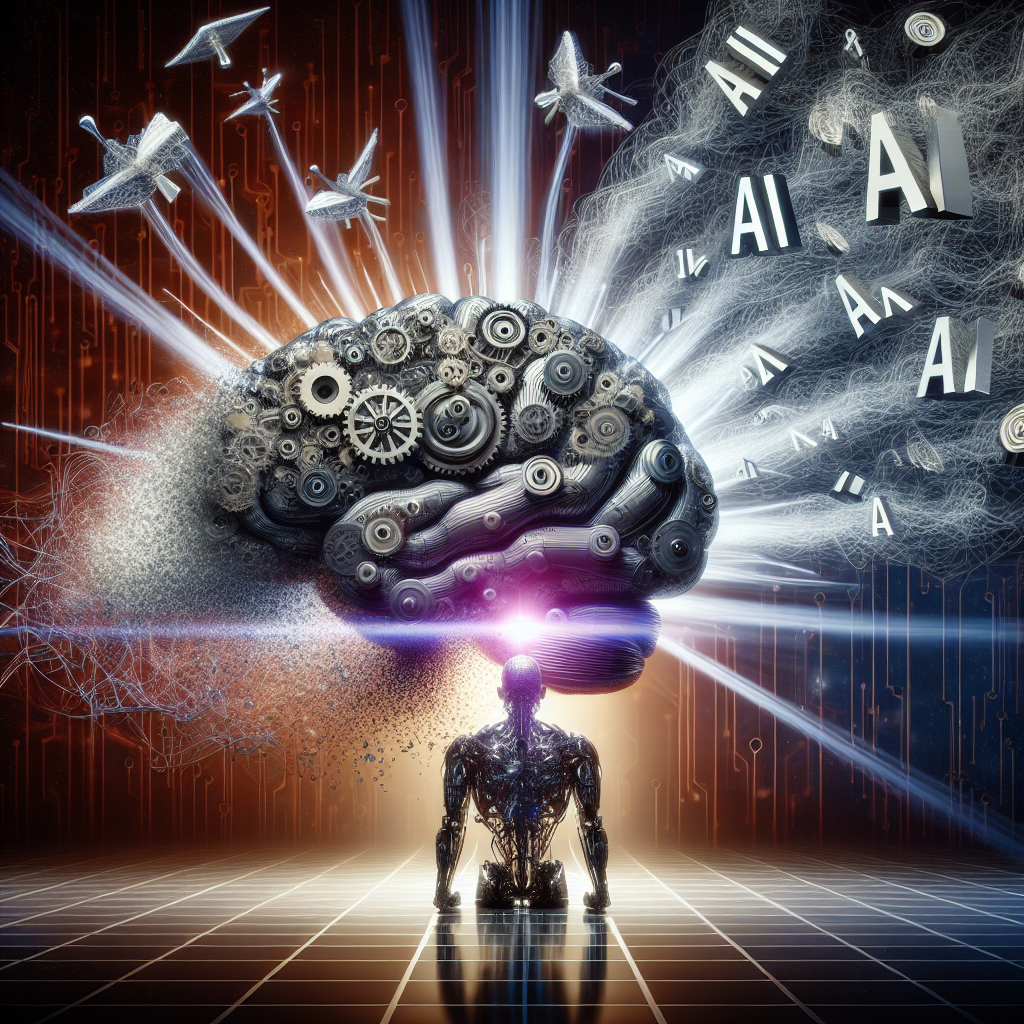In today’s digital age, fake news has become a rampant issue that is spreading misinformation and creating confusion among the public. With the rise of social media and the ease of sharing information online, it has become increasingly difficult to discern what is true and what is false. This is where artificial intelligence (AI) comes in, offering a promising solution to combat the spread of fake news.
AI technology has the potential to help in the fight against fake news by automatically detecting and flagging misleading or false information. With the ability to analyze large amounts of data at a rapid speed, AI algorithms can quickly identify patterns and inconsistencies in news stories that may indicate the presence of fake news. This can help fact-checkers and journalists in verifying the accuracy of information before it spreads further.
One of the key ways in which AI can be used to combat fake news is through natural language processing (NLP) techniques. NLP allows AI algorithms to understand and analyze human language, enabling them to detect linguistic patterns that are indicative of fake news. By analyzing the language used in news articles, social media posts, and other sources of information, AI can identify misleading or false content and flag it for further review.
Another way in which AI can help in the fight against fake news is through the use of machine learning algorithms. These algorithms can be trained to recognize patterns of fake news based on past examples, allowing them to automatically identify and filter out suspicious content. By continuously learning from new data and feedback, machine learning algorithms can improve their accuracy in detecting fake news over time.
Furthermore, AI can also be used to track the spread of fake news online and identify the sources of misinformation. By analyzing the network of connections between users and the content they share, AI algorithms can pinpoint the origins of fake news and track how it spreads across social media platforms. This can help authorities and social media companies in taking action to prevent the further spread of fake news.
In addition to detecting and tracking fake news, AI can also be used to enhance media literacy among the public. By developing AI-powered tools that provide users with information on the credibility of sources and the accuracy of news stories, individuals can make more informed decisions about the information they consume. This can help in reducing the impact of fake news and improving the overall quality of information available online.
Despite the potential benefits of using AI to combat fake news, there are also challenges and limitations to consider. One of the main challenges is the issue of bias in AI algorithms, as they may inadvertently perpetuate existing biases in the data they are trained on. This can lead to inaccuracies in detecting fake news and may result in the censorship of legitimate information. It is important for developers and researchers to address these biases and ensure that AI algorithms are fair and unbiased in their decision-making.
Another challenge is the cat-and-mouse game between those spreading fake news and those fighting against it. As fake news creators become more sophisticated in their tactics, AI algorithms must continuously adapt and evolve to keep up with the changing landscape of misinformation. This requires ongoing research and development in the field of AI to stay ahead of the curve and effectively combat fake news.
Despite these challenges, the use of AI in the fight against fake news holds great promise for improving the quality of information available online and preserving the integrity of journalism. By harnessing the power of AI technology, we can work towards a more informed and educated society that is better equipped to discern fact from fiction in the digital age.
FAQs:
Q: How does AI detect fake news?
A: AI algorithms use natural language processing techniques to analyze the language used in news articles and social media posts, identifying patterns and inconsistencies that may indicate the presence of fake news. Machine learning algorithms can also be trained to recognize patterns of fake news based on past examples, enabling them to automatically flag suspicious content.
Q: What are the limitations of using AI to combat fake news?
A: One of the main limitations is the issue of bias in AI algorithms, as they may inadvertently perpetuate existing biases in the data they are trained on. Another limitation is the constant evolution of fake news tactics, requiring AI algorithms to continuously adapt and evolve to keep up with the changing landscape of misinformation.
Q: How can AI help in tracking the spread of fake news?
A: AI algorithms can analyze the network of connections between users and the content they share, pinpointing the origins of fake news and tracking how it spreads across social media platforms. This can help authorities and social media companies in taking action to prevent the further spread of fake news.

